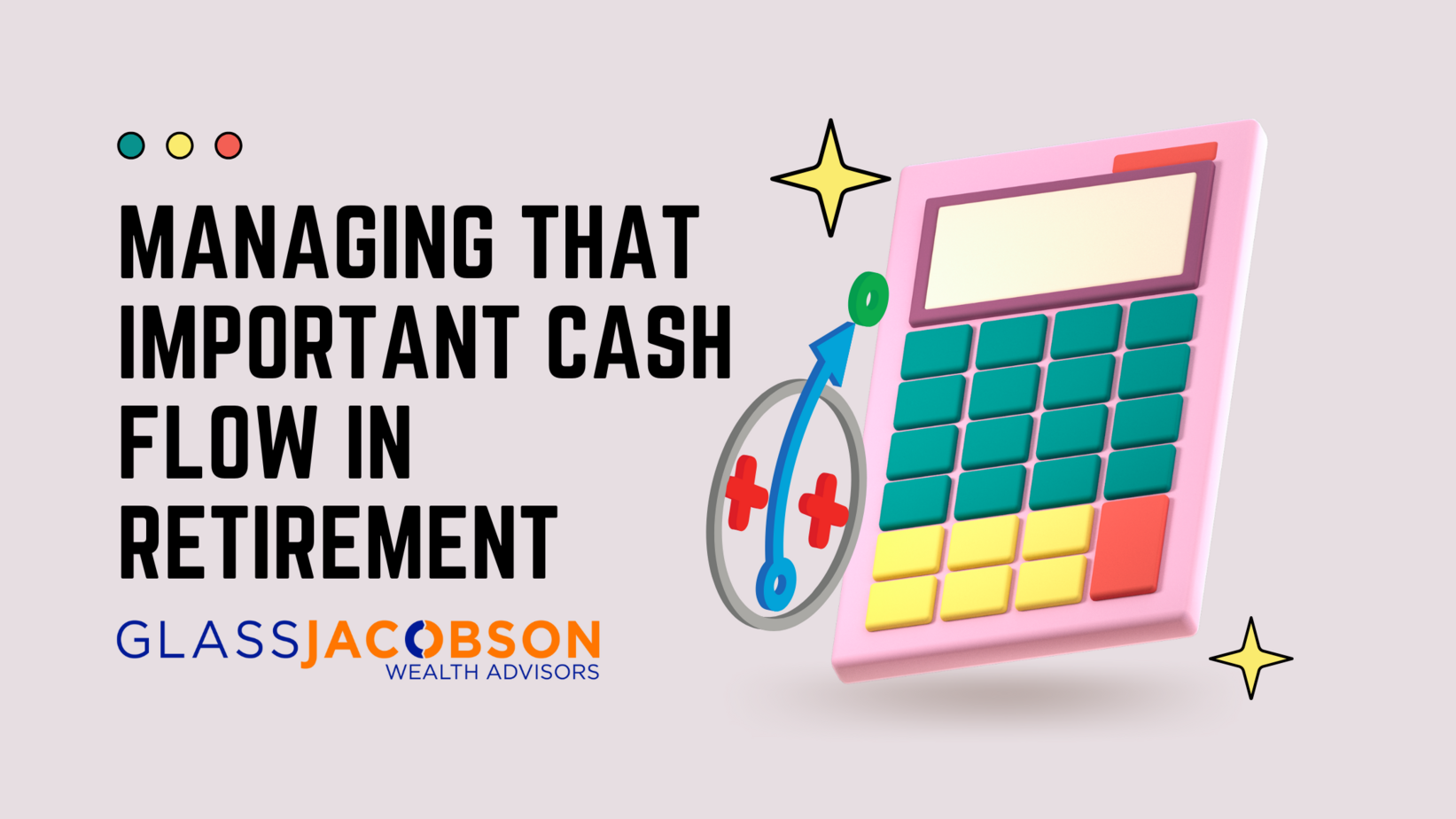
Retirement is a significant transition, and managing cash flow effectively is critical to ensuring financial security. Instead of receiving a paycheck from an employer, retirees must create their own income stream from savings, Social Security, pensions, and investments. By implementing strategic withdrawal plans and tax-efficient strategies, retirees can ensure their savings last throughout their lifetime.
Turning Savings into Reliable Income
One of the biggest challenges retirees face is converting their nest egg into a steady, reliable paycheck. Here are several methods to consider:
- The 4% Rule: This strategy involves withdrawing 4% of the retirement portfolio each year, adjusting for inflation. While simple, it does not guarantee success in volatile markets.
- The Bucket Strategy: This approach divides assets into short-, medium-, and long-term buckets. The short-term bucket contains cash for immediate expenses, while the medium-term holds bonds for stability, and the long-term holds equities for growth.
- Annuities for Guaranteed Income: Purchasing an annuity can provide a stable income stream, much like a traditional pension.
- Systematic Withdrawals: Setting up regular withdrawals from investment accounts can mimic the structure of a paycheck.
Social Security, Pensions, and Investments
Social Security and pensions provide a foundation of income, but how and when you claim them can significantly impact your overall financial security.
- Social Security Optimization: Delaying Social Security benefits beyond full retirement age increases monthly payouts. For example, waiting until age 70 can maximize benefits.
- Pension Decisions: If you have a pension, consider whether a lump sum or monthly payout better suits your needs.
- Investment Withdrawals: A diversified portfolio can support sustainable withdrawals. Stocks provide growth potential, while bonds and cash offer stability.
Withdrawal Strategies to Minimize Taxes and Maximize Longevity
Taxes play a crucial role in retirement income planning. Consider these strategies to optimize withdrawals:
- Tax-Efficient Withdrawals: Withdraw from taxable accounts first, then tax-deferred accounts like IRAs and 401(k)s, and finally tax-free accounts like Roth IRAs.
- Roth Conversions: Converting traditional IRA funds to a Roth IRA during lower-income years can reduce future tax liabilities.
- Required Minimum Distributions (RMDs): Planning for RMDs can prevent forced large withdrawals that push retirees into higher tax brackets.
By carefully structuring retirement income, retirees can create a sustainable cash flow that supports their lifestyle while minimizing financial risks.
Ready to secure your financial future in retirement? Learn how to manage your cash flow, create sustainable income, and optimize your savings for long-term security. Start planning today with our expert tips and strategies.
For personalized guidance, reach out to a trusted financial advisor who can help tailor a plan that works for you. Contact us today to get started.






